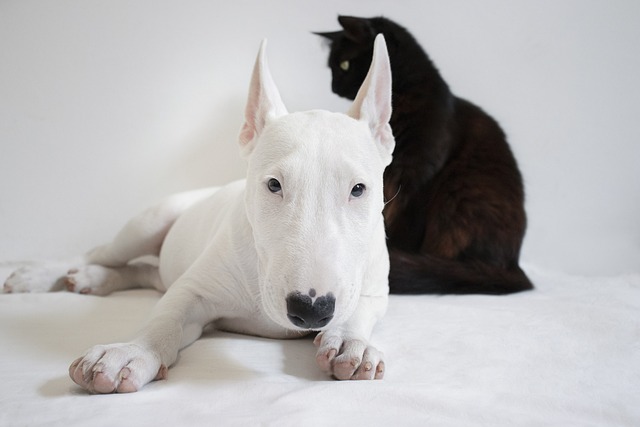
What big dog doesn't need a lot of exercise?
Many new dog owners dream of welcoming a big, cuddly companion but worry about keeping up with intense exercise needs.
I was at my vet’s office last month when my neighbor Mike stormed in, holding a bag of grain-free dog food. “The pet store clerk said this was ‘healthier,’ but you told me not to buy it—why?” he asked, frustrated, as his 2-year-old German Shepherd, Zeus, nuzzled his hand. If you’re a new U.S. dog owner who’s heard conflicting advice about grain-free food, Mike’s confusion is relatable. Vets don’t universally ban grain-free dog food—but they often caution against it for most dogs, and the reasons boil down to safety, necessity, and nutrition, not just “preference.”
To understand why vets hesitate, let’s start with the biggest red flag: the FDA’s 2018 investigation linking certain grain-free formulas to dilated cardiomyopathy (DCM), a life-threatening heart condition. Grain-free foods replace wheat, corn, or rice with legumes (peas, lentils, chickpeas) or potatoes as carb sources—but some of these ingredients may interfere with a dog’s ability to absorb taurine, an amino acid critical for heart health. Zeus is a large breed, which is even more at risk: DCM cases are highest in German Shepherds, Golden Retrievers, and Great Danes fed grain-free diets heavy in legumes. Vets also note that most dogs don’t need grain-free food—only about 10% of dogs have true grain allergies (vs. protein allergies, like chicken or beef). Grains like brown rice or oats are actually great sources of fiber, B vitamins, and energy for most pups—cutting them out unnecessarily removes key nutrients.

Here’s what vets want you to do instead of grabbing grain-free: First, always ask your vet before switching diets. Mike’s vet explained that Zeus had no signs of grain sensitivity (no itching, diarrhea, or ear infections), so grain-free was a risk without reward. If you suspect your dog has food issues, request an allergy test—vets can pinpoint specific triggers (e.g., wheat vs. chicken) instead of guessing. Second, check the ingredient list: If you do need grain-free (for a confirmed allergy), avoid formulas where peas/lentils are in the top 3 ingredients. Look for AAFCO certification (“formulated for all life stages”) to ensure balanced nutrition—cheap grain-free brands often use low-quality protein to cut costs. Third, monitor for DCM signs: Lethargy, rapid breathing, or difficulty exercising mean an emergency vet visit—don’t wait.
Culturally, never scold your dog for digestive issues if you tried grain-free without vet approval—they’re not “misbehaving,” and punishment violates U.S. animal welfare standards. Instead, use positive reinforcement: Praise them for eating their vet-recommended food, and offer a small treat as a reward. For apartment living, store dog food (grain or grain-free) in airtight containers to prevent mold growth, and clean bowls daily to avoid bacteria. When walking, always carry extra poop bags (cities like Denver fine $100 for leaving messes) and confirm your dog’s rabies vaccine is up to date (required nationwide). Remember: “Grain-free” isn’t a synonym for “healthy”—it’s a specialized diet, not a one-size-fits-all upgrade.
After switching Zeus back to a grain-inclusive, AAFCO-certified food, Mike noticed his energy was higher, and his vet gave him a clean bill of health. Vets don’t hate grain-free—they hate seeing dogs get sick from unnecessary risks. With their guidance, you’ll pick a diet that’s safe for your pup.

Many new dog owners dream of welcoming a big, cuddly companion but worry about keeping up with intense exercise needs.

I sat with my neighbor Mrs. Henderson on her porch last night, as her 12-year-old Labrador, Molly, curled up at her feet. “I worry about her when we go to bed

I spent a Saturday afternoon helping my cousin Maya prep for her new 8-week-old Golden Retriever puppy, Max—she had a cart full of cute sweaters and chew toys but forgot the basics

I sat with my friend Sarah in her living room last week, watching her 6-year-old Cocker Spaniel, Lila—who was diagnosed with early kidney disease

If you’ve ever noticed your pup wincing when you run a brush over their back, or spotted clumps of fur that won’t smooth out no matter what, you’re dealing with matted dog hair.

If you’ve noticed your dog scratching at red, oozing patches on their skin and wondered if it could spread to your other pets—or even to you—you’re not alone.